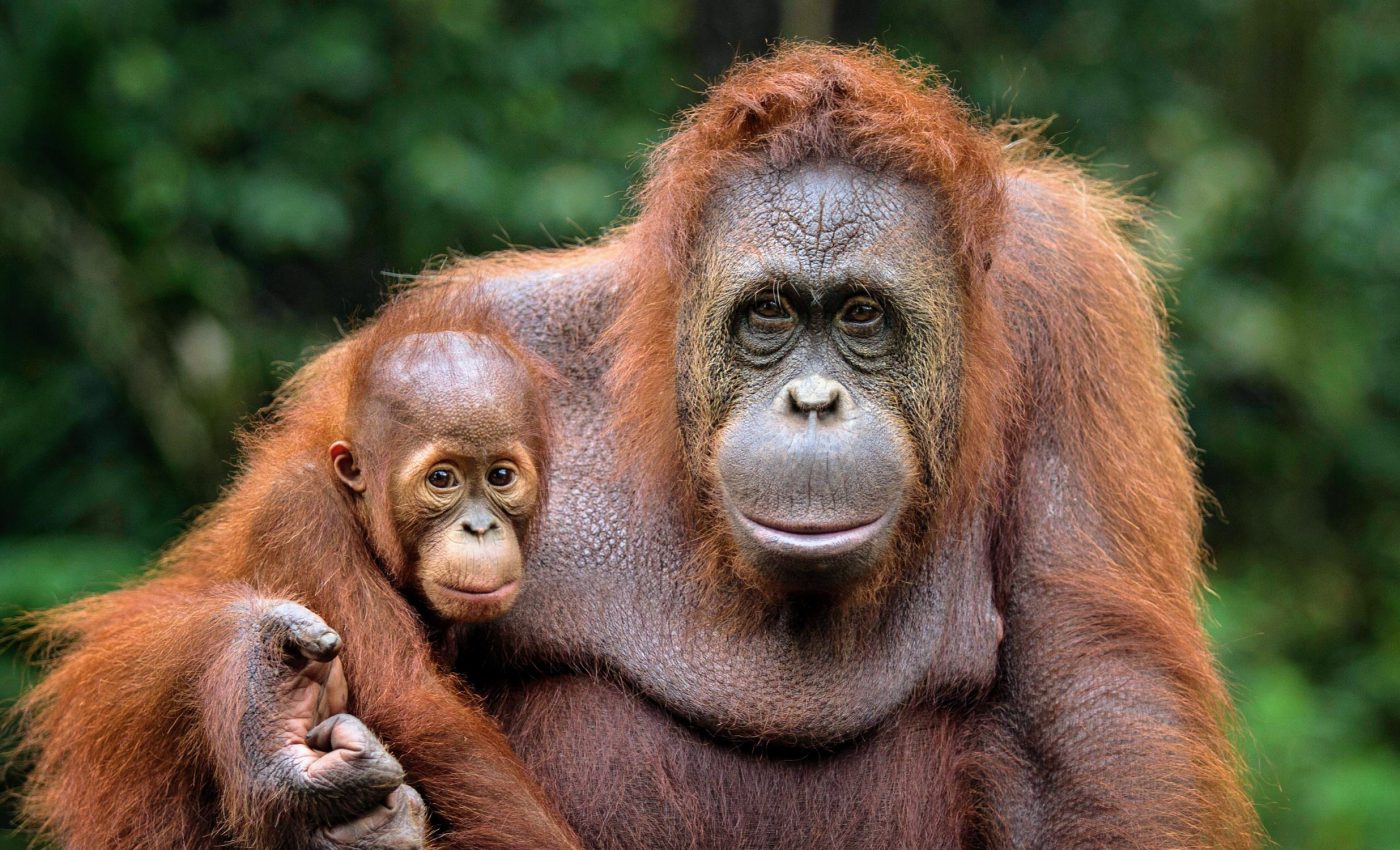
Orangutan mothers have unique parenting styles like humans
Mothers don’t all raise their babies the same way – not even in the wild. A new study from the Max Planck Institute of Animal Behavior (MPI-AB) reveals that Sumatran orangutan mothers differ significantly in how they care for their infants.
Some carry their babies more often, others break body contact sooner, and these patterns hold steady across all their offspring.
“Our study shows that Sumatran orangutan mothers are not all the same when it comes to parenting behaviors,” noted Revathe Thillaikumar, a postdoctoral researcher ay MPI-AB and the study’s lead author.
Researchers spent 15 years observing 22 mother-infant pairs at the Suaq Balimbing research site in Indonesia. Over 6,000 hours of data collection revealed that even after considering environmental and social factors, mothers maintained their distinct styles of parenting.
How orangutan mothers differ in parenting
Six maternal behaviors became the focus of this study: body contact, staying close, carrying, feeding nearby, terminating contact, and keeping spatial proximity.
While some mothers rarely let go of their babies, others gradually reduced physical closeness as their infants grew older.
Thillaikumar notes that the study highlighted consistent patterns.
“For example, we found that during the developmental period, some mothers consistently carried their infants more than others,” she said. Interestingly, these differences didn’t change, even when mothers had more than one infant over the years.
Orangutan mothers adapt as infants grow
Sumatran orangutans hold the record for the longest infant dependency in the animal kingdom, aside from humans. Their babies stick around for nearly a decade. This long period gave researchers a unique opportunity to track how mothers adjust their behavior as their babies grow.
Thillaikumar observed that mothers adapted to their infants’ changing needs. They adjusted how often they stayed close, how frequently they carried them, and how soon they encouraged independence. However, the extent of these adjustments varied significantly.
Some moms loosened up quickly, while others remained protective much longer.
Do orangutans have maternal personalities?
What drives these differences? Caroline Schuppli, a group leader at MPI-AB and senior author of the study, suggests that maternal personalities may be at play.
“The consistent differences among mothers – both in the extent of their behaviors and in how these behaviors changed over the course of infant development – suggest that orangutans may possess individual maternal personalities,” she noted.
Schuppli raises a fascinating question: Do these parenting styles affect how young orangutans develop? The team doesn’t have that answer yet. Orangutans take years to mature, so more time and data are needed.
“We do not yet know whether differences in maternal behaviors bring about differences in aspects of infant development,” said Schuppli. Another decade of data collection might finally provide that answer.
Future research directions
The study lays the groundwork for further exploration into orangutan parenting. Could these distinct maternal styles influence infant survival, learning, or social skills?
Researchers plan to keep tracking these mother-infant pairs, hoping to untangle the long-term effects of maternal behavior.
Sumatran orangutans live in dense rainforests, where navigating the canopy safely is crucial for survival. Mothers teach their infants how to climb, move, and forage.
If some moms are more hands-on than others, how might that impact what their offspring learn? These are the questions driving the next phase of the research.
Orangutan moms have unique styles
Just like human mothers, Sumatran orangutan mothers don’t all parent the same way. Some are more protective and stay close to their infants for a long time. Others give their young more freedom early on.
As discussed above, researchers found that each mother had her own unique way of raising her babies. Some carried their infants more often, while others let them explore independently sooner.
It’s not yet clear if these different parenting styles affect how the babies learn or grow. The researchers still need more time to find out. But one thing is certain – no two orangutan mothers are alike. Each has her own way of raising her young, just like in human families.
The study is published in the journal Proceedings of the Royal Society B Biological Sciences.
—–
Like what you read? Subscribe to our newsletter for engaging articles, exclusive content, and the latest updates.
Check us out on EarthSnap, a free app brought to you by Eric Ralls and Earth.com.
—–













